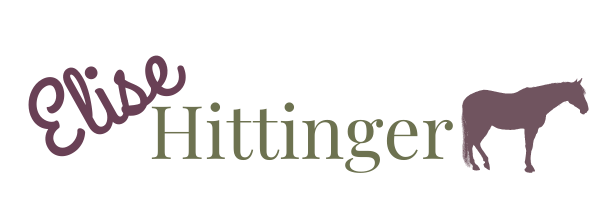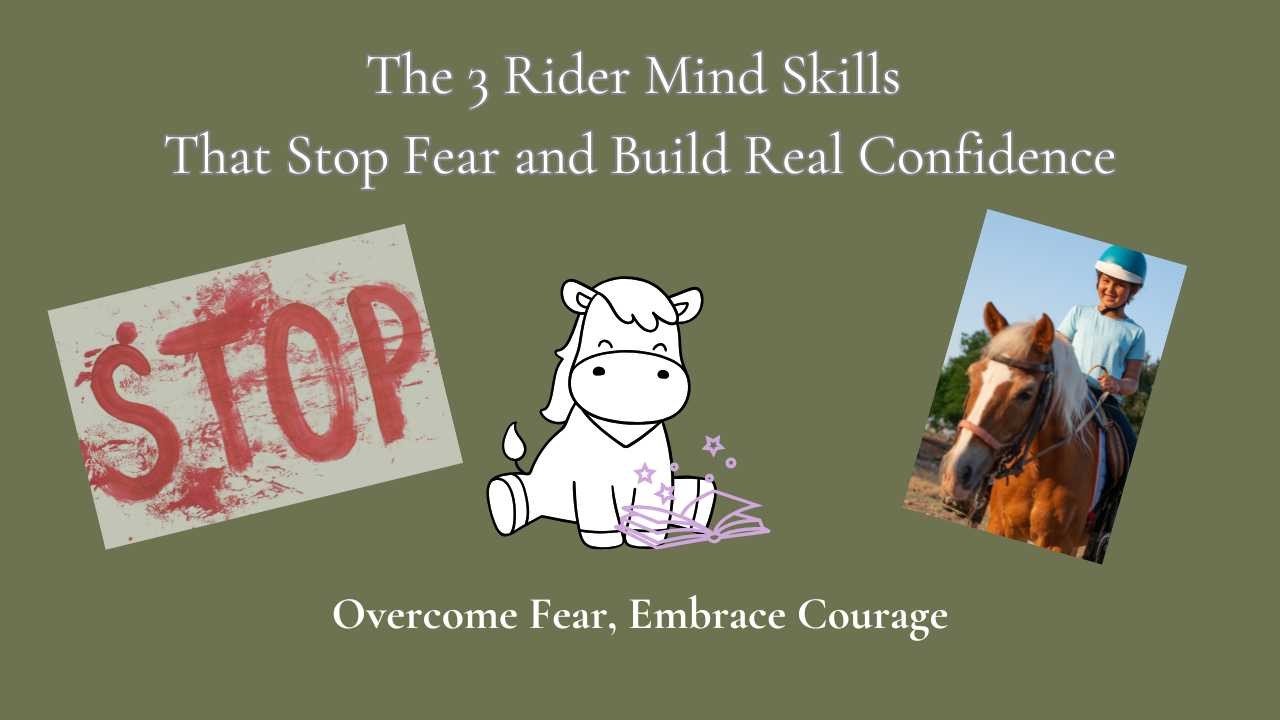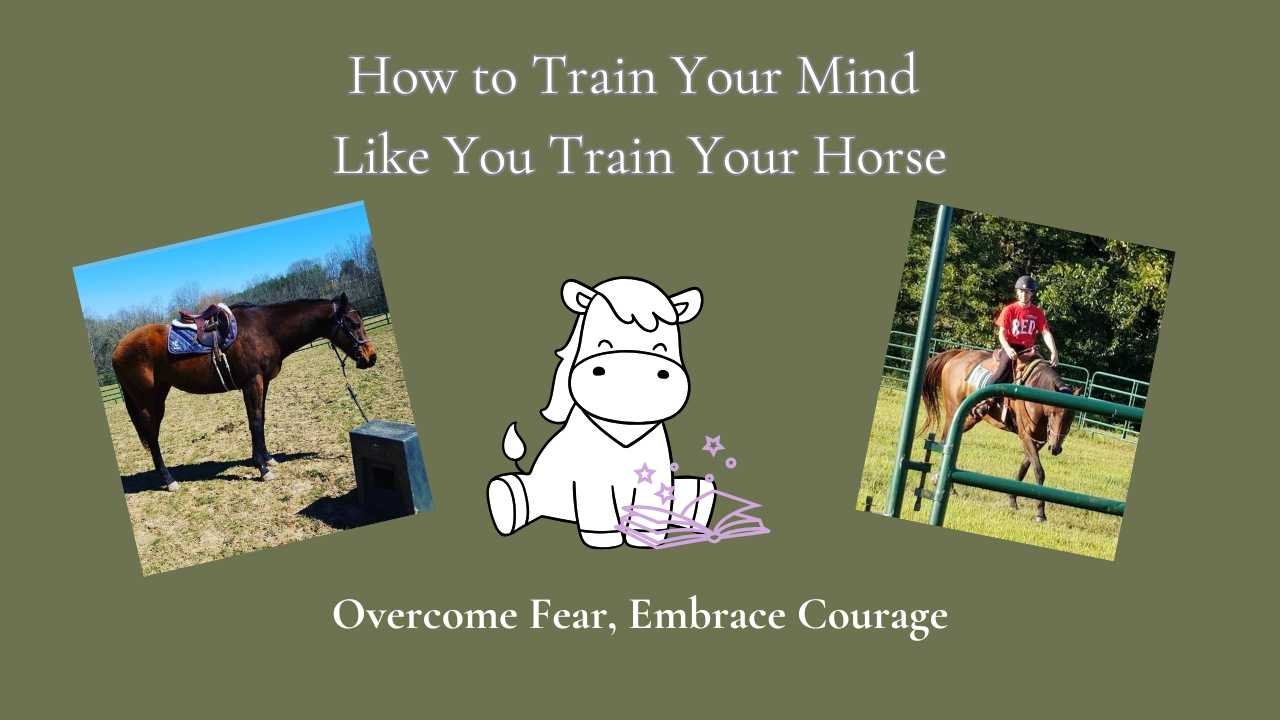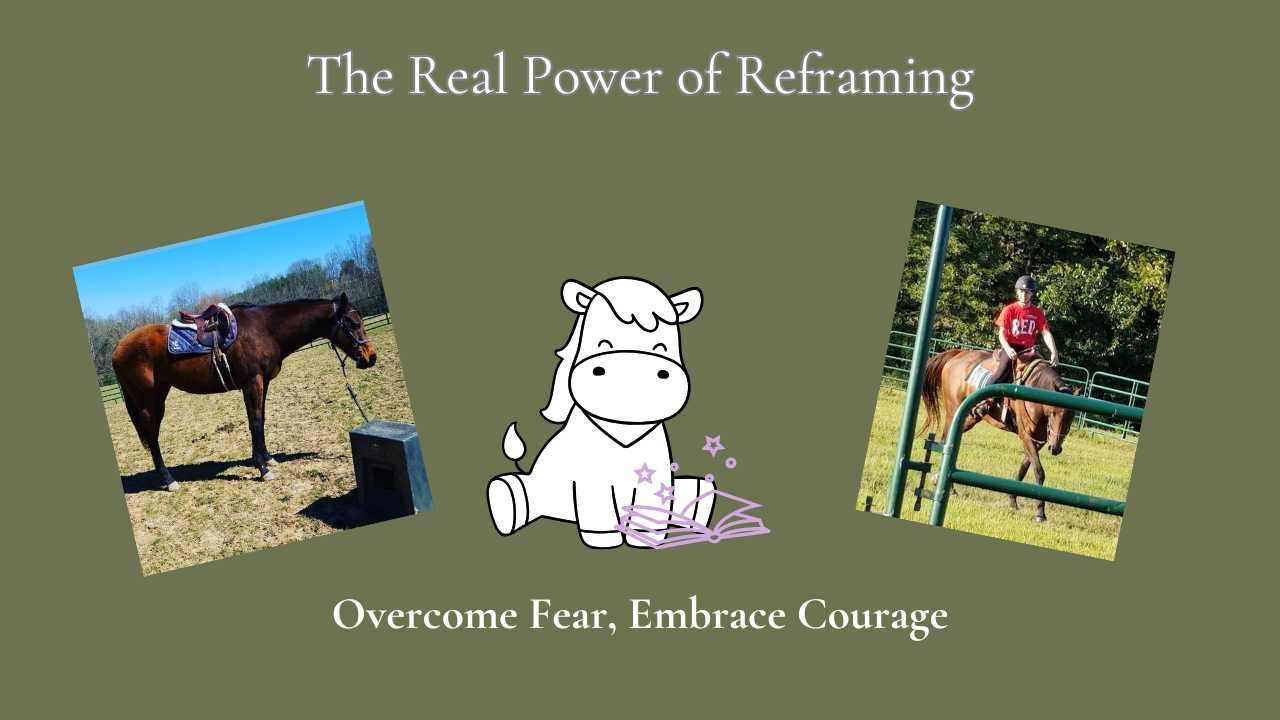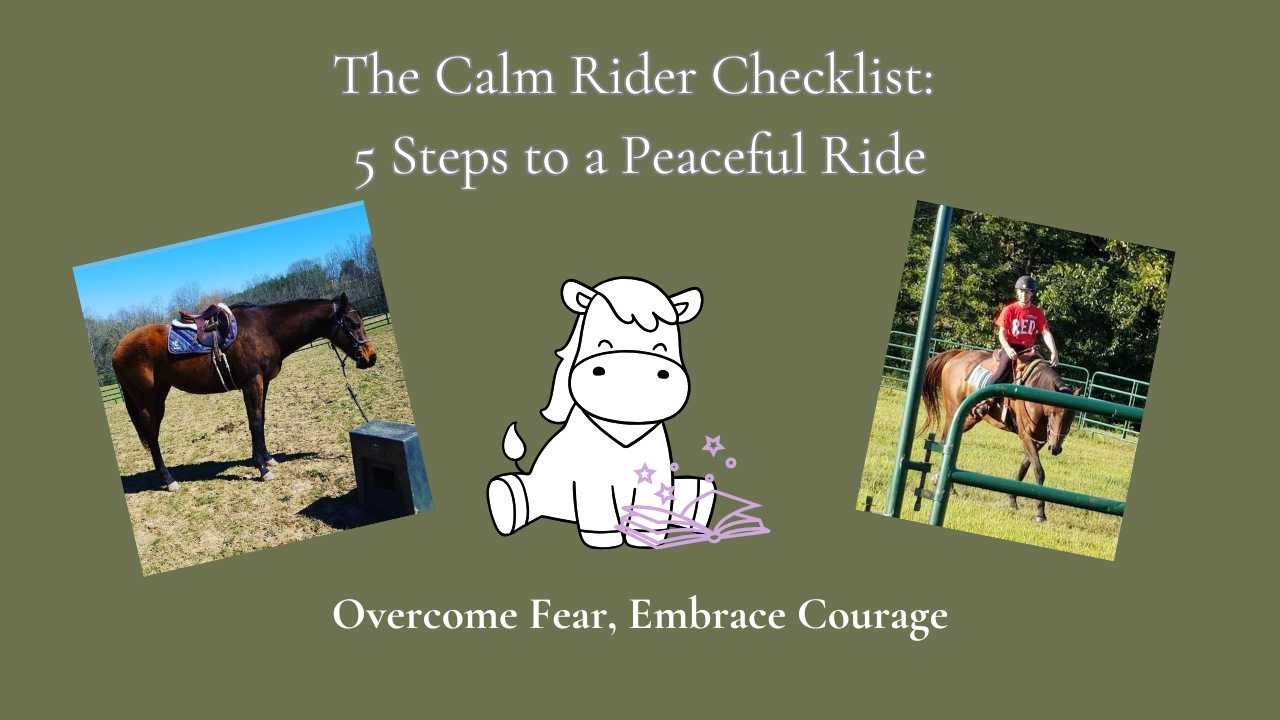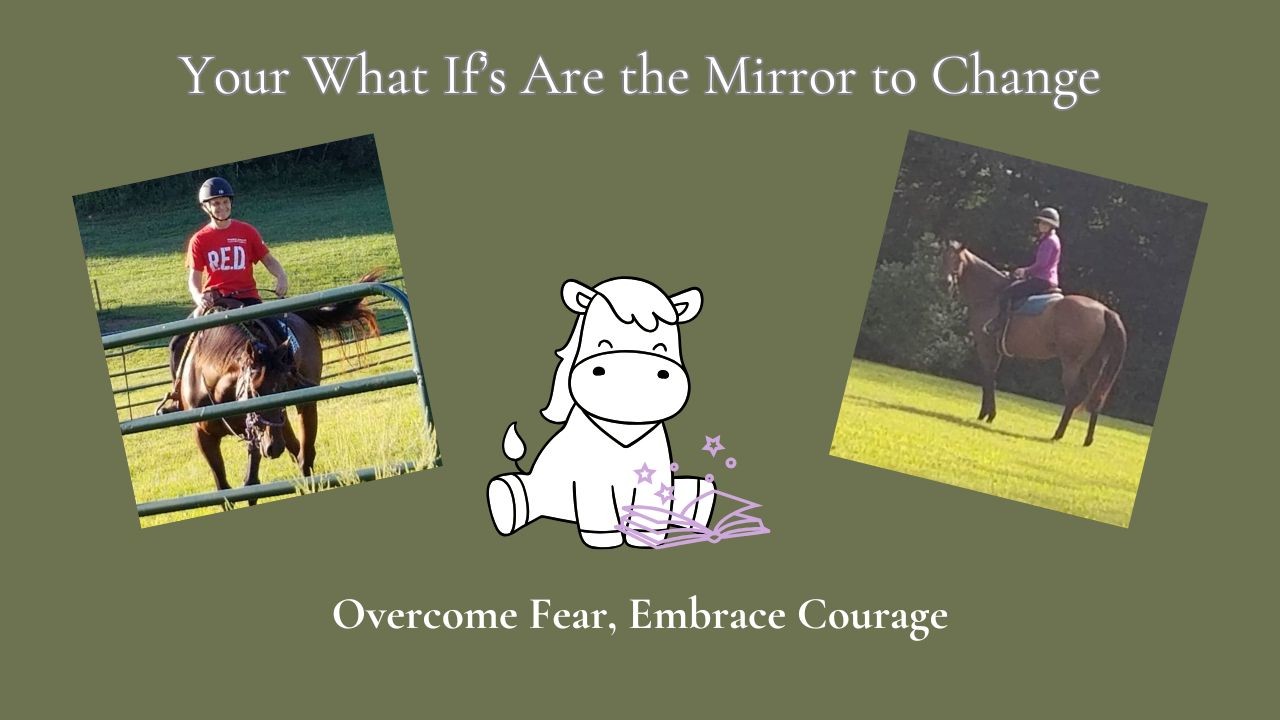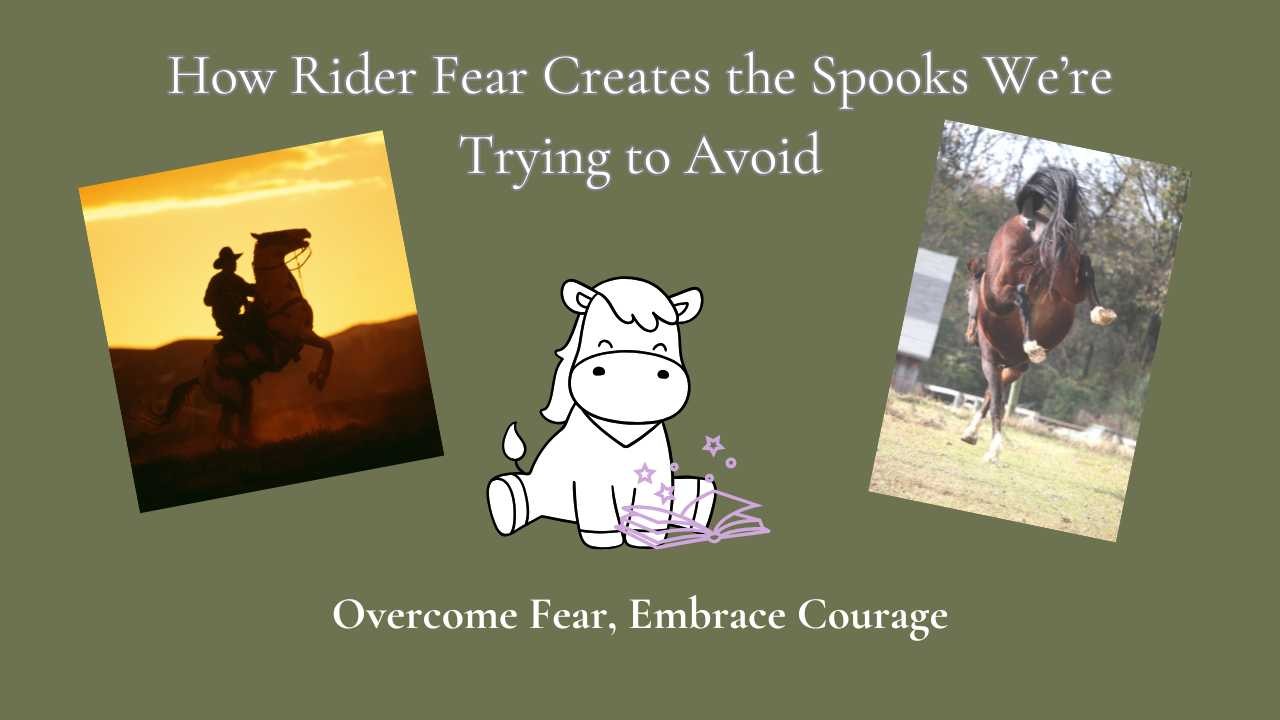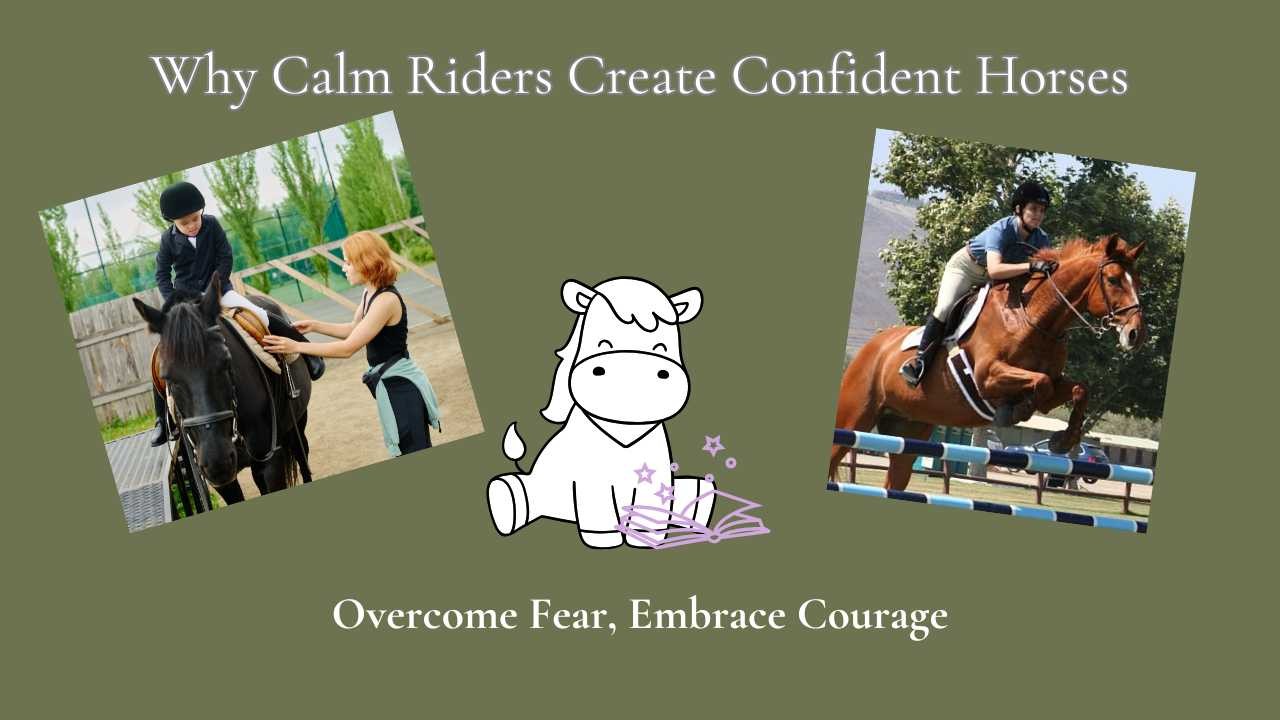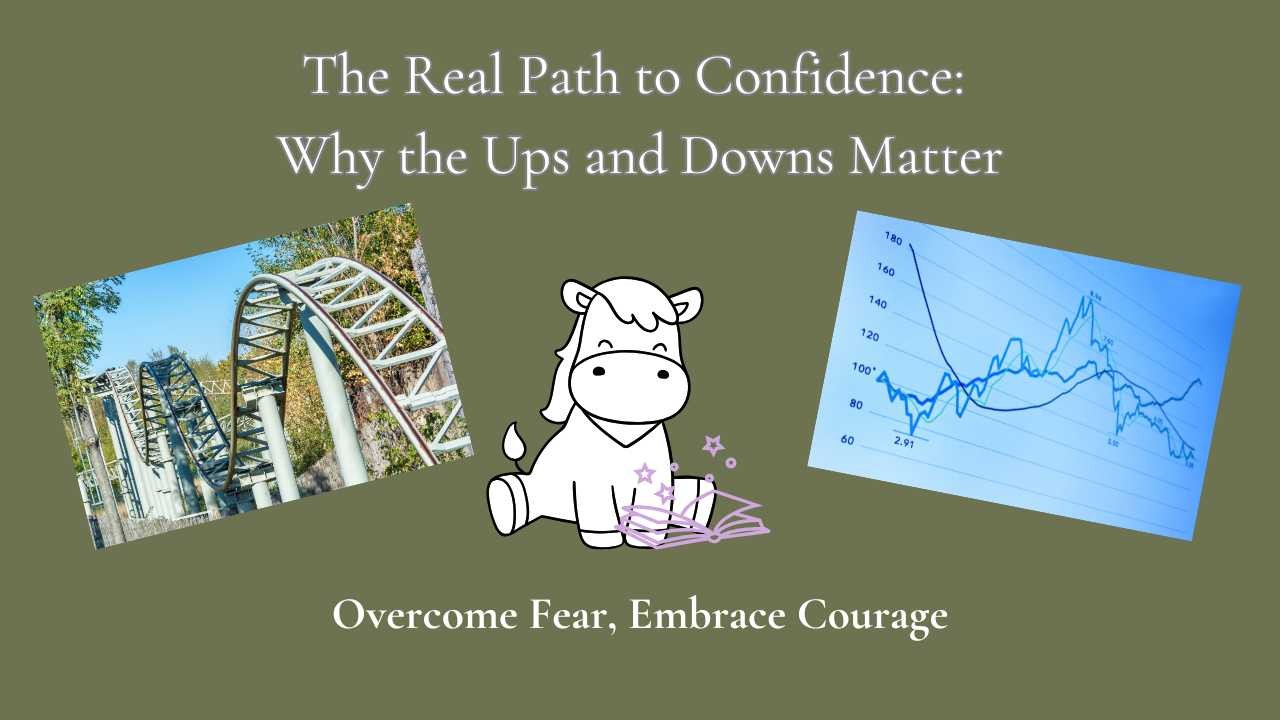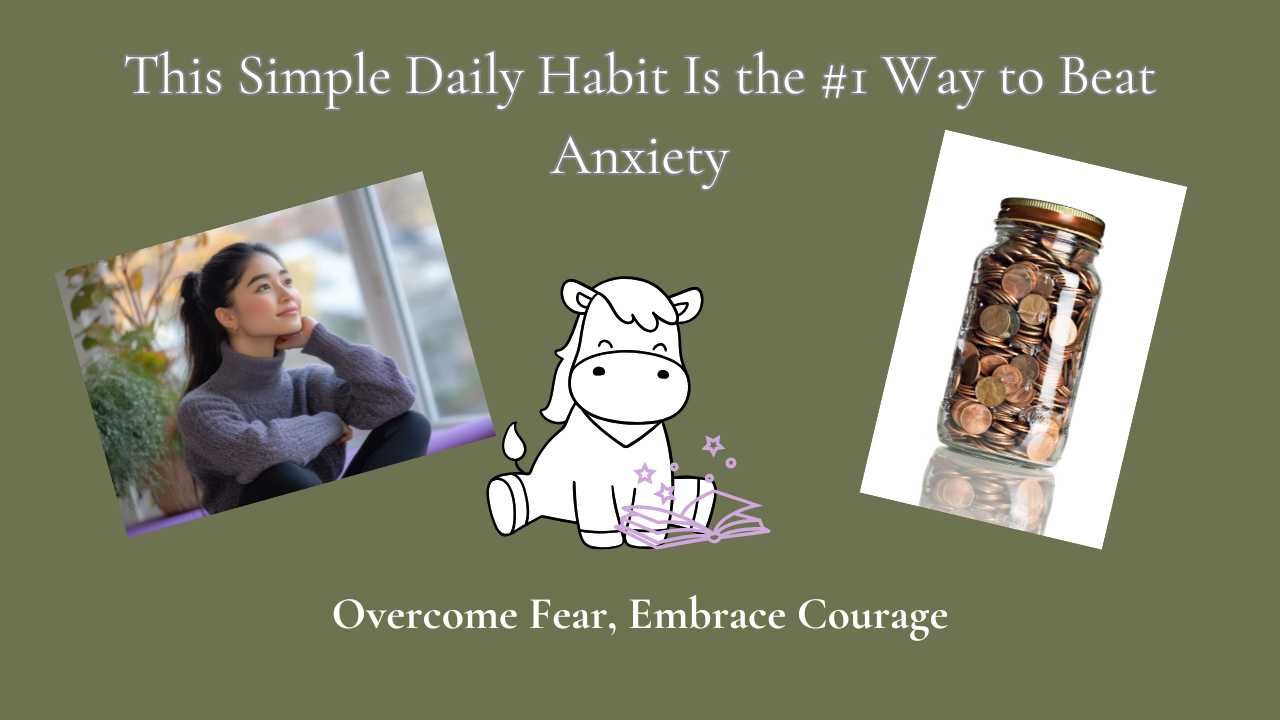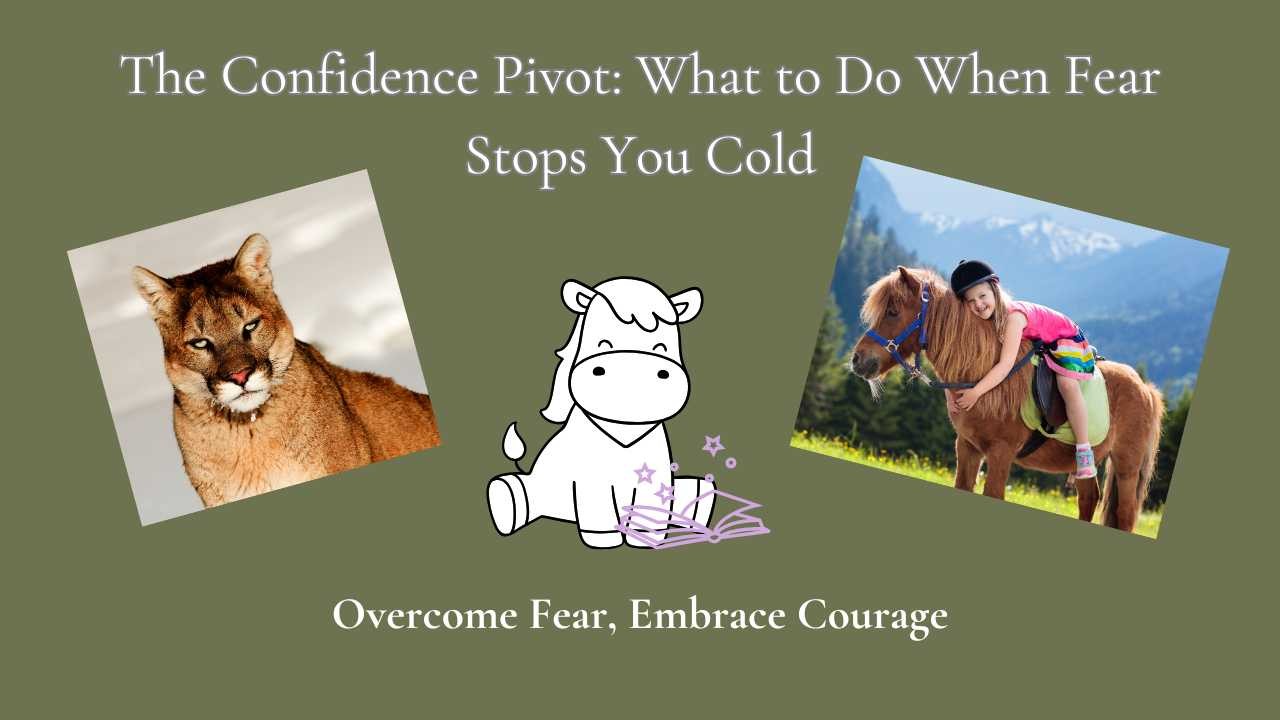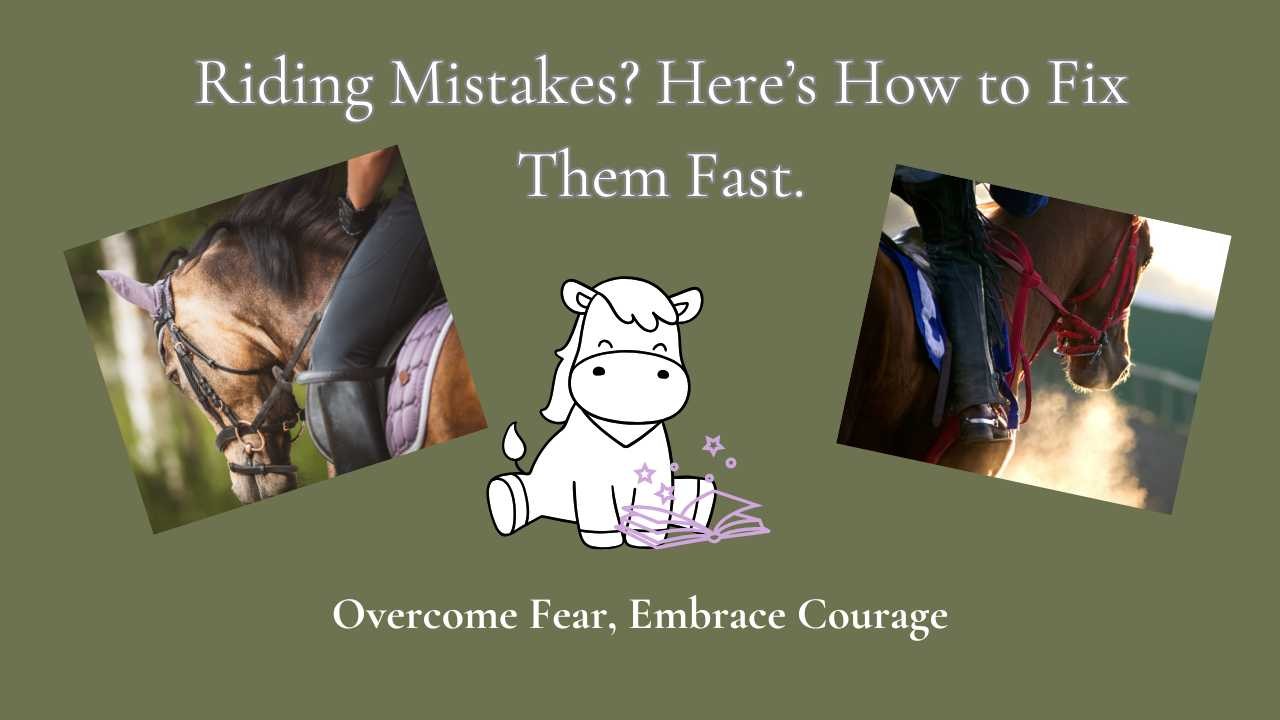
Your blog draft is heartfelt, relatable, and powerful—you're drawing a strong parallel between personal growth, horsemanship, and leadership. It’s very “you,” which is great for connection. With just a few tweaks for clarity, flow, and polish (without losing your voice), here's a refined version that will hit even harder:
The Power of Matching Energy: A Lesson from Horses and Humans
I had a HUGE aha moment this week during a book club review with some expert hypnotherapists. I was asking about a challenge I faced during a call—someone completely took over the conversation, and I kept quietly trying to interject and calm her down.
The feedback I got stopped me in my tracks:
“You can’t gently interrupt. You have to match her energy or she’ll never hear you.”
WHOA.
They weren’t saying I needed to be mean. They were saying I needed to rise to her level. Raise my tone, raise my presence, and take charge of the space.
And immediately, I thought: This is exactly like working with our horses.
If a horse is ignoring you—like mine used to when I asked her to turn left—soft whispers won’t do a thing. She needed clarity. Direction. Presence. Not pressure, not punishment, but energy that matched hers enough to be heard.
And here's the kicker… I was whispering because I was afraid of making a mistake.
Afraid of doing it wrong. Afraid of being too strong.
Afraid of doing it wrong. Afraid of being too strong.
But our horses don’t follow whispers.
They follow leadership. (Sometimes that is a whisper, sometimes, that is a shout!)
They follow leadership. (Sometimes that is a whisper, sometimes, that is a shout!)
Sometimes, those of us who are naturally soft and careful—trying so hard to do it right—end up creating the very confusion we’re trying to avoid. But that’s something we can fix.
Don’t be afraid to make mistakes.
Here are my top 3 tips for not letting fear of mistakes take the reins:
1. Mistakes can be fixed.
My lead mare might pin her ears one time and swing her butt the next. Either way, the other horses move. Neither was “wrong”—it was communication. She doesn’t sit there worrying, “Oh no, was that too rough?” She communicates clearly.
You can too.
If you're a little too strong with your horse, adjust the next time. But don’t be afraid to be firm first—that’s how they know you mean it.
My lead mare might pin her ears one time and swing her butt the next. Either way, the other horses move. Neither was “wrong”—it was communication. She doesn’t sit there worrying, “Oh no, was that too rough?” She communicates clearly.
You can too.
If you're a little too strong with your horse, adjust the next time. But don’t be afraid to be firm first—that’s how they know you mean it.
2. Never question your leadership.
Be the unapologetic leader your horse needs.
Set clear rules. Be consistent. And most importantly, feel that leadership inside you.
When you trust yourself, there's no space for fear—and if you do make a mistake, you know you can fix it.
Be the unapologetic leader your horse needs.
Set clear rules. Be consistent. And most importantly, feel that leadership inside you.
When you trust yourself, there's no space for fear—and if you do make a mistake, you know you can fix it.
3. Learn from every mistake.
Every ride is a lesson.
You will make mistakes. That’s not failure—that’s feedback.
Plan for mistakes. Expect them. Then learn and adjust.
The fear fades when you realize you’re always able to repair, reset, and keep growing.
Every ride is a lesson.
You will make mistakes. That’s not failure—that’s feedback.
Plan for mistakes. Expect them. Then learn and adjust.
The fear fades when you realize you’re always able to repair, reset, and keep growing.
You don’t have to get it perfect. You just have to show up with presence, clarity, and a willingness to lead—even if it’s messy at first. That’s the energy your horse will respond to. And honestly? So will the rest of your life!
Ready to stop whispering and start leading in the saddle?
Let’s work through your fear together. Book a free Calm-Ride Strategy Call and get a clear plan to ride with confidence again.
Let’s work through your fear together. Book a free Calm-Ride Strategy Call and get a clear plan to ride with confidence again.

Ready. Fire. Aim. (Yes, You Read That Right)
When I got back into riding after my accident, I was deep in “getting ready” mode. Safety equipment? Check. Vet visits? Check. Pre-ride checklists? Yep. I was doing everything… except actually riding.
That’s when I stumbled on a concept that changed everything: Ready. Fire. Aim.
It sounded backwards at first. But when I really understood it—and applied it to my riding—it unlocked a whole new level of progress.
Here’s how it works:
- READY – Do your preparation. Of course, this matters. We need to feel grounded and safe before we climb in the saddle.
- FIRE – Get on and ride. Don’t wait for every star to align. Perfect prep doesn't exist.
- AIM – Evaluate, adjust, and improve after the ride. The real data comes from doing.
This method is powerful because it short-circuits our fear loops. If we wait until everything feels perfect, we may never ride again. The mind can trap us in an endless cycle of “what ifs” and “not yets.” Our intentions are good, but the longer we wait, the harder it is to remember why we started in the first place.
Riding happens in the “fire” step. Confidence grows in the “aim.”
You don’t have to be fearless. You just have to be willing to act before you're 100% ready.
Want help knowing where to start—and what to adjust?
That’s exactly what we do in the Calm-Ride Strategy Call. It’s a private call where we map out your version of “Ready. Fire. Aim.” so you can get unstuck, ride with more confidence, and enjoy the journey again.
It’s free. It’s personalized. And it’s your first real step out of preparation mode and into forward motion.
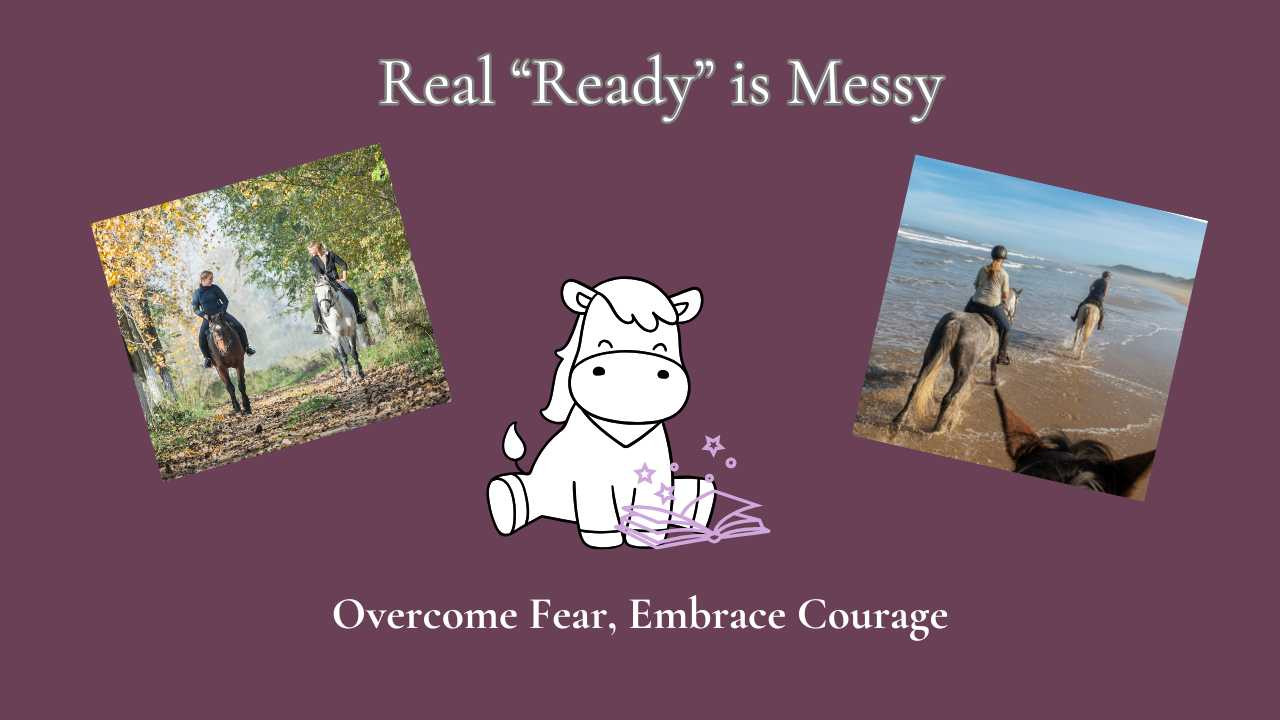
We often think “ready” will feel like a green light. Like one day we’ll wake up with total confidence, zero nerves, and a deep, calm sense of now is the time.
But it doesn’t usually happen like that.
Real “ready” is messy.
It can show up with doubt, shaky hands, or a swirl of nerves just thinking about tacking up. It doesn’t always come with clarity. It rarely feels perfect.
The truth is, real readiness doesn’t always feel good—it just means we’re willing.
Willing to feel uncomfortable.
Willing to show up even when our legs are trembling.
Willing to say, “I want this more than I want to keep hiding.”
Willing to show up even when our legs are trembling.
Willing to say, “I want this more than I want to keep hiding.”
We tell ourselves we’ll ride when we feel more prepared. After a few more lessons. After the weather changes. After the fear goes away.
But the secret no one tells us is that confidence often comes after the action.
We build it step by step—by doing the thing.
We grow into readiness by showing up for ourselves in the small moments: brushing our horse, walking to the arena, taking one deep breath before putting a foot in the stirrup.
Yes, it’s smart to prepare. But we don’t need perfection to begin. We just need a little willingness, and maybe a little faith.
So let’s ask ourselves gently:
What if we stopped waiting to feel ready… and decided we already are? - We have the Green LIGHT!
Because once we do, everything changes.
And just so you know—we don’t have to do this alone.
I’m right here, walking this road with you, and cheering us on every step of the way.
I’m right here, walking this road with you, and cheering us on every step of the way.
If you want to build your own "Green Light", set up a free Calm-Ride Strategy Call and we will create your Grean Light together!

For most of my life, I would have said: absolutely not.
Panic attacks come when they come, and there's nothing you can do about it—right?
Panic attacks come when they come, and there's nothing you can do about it—right?
At least, that’s what I believed. Until I started asking deeper questions.
My First Memory of Panic
The first panic attack I remember happened when I was 3 or 4. We were at LAX, waiting for my dad to arrive from a trip. I looked up and couldn’t find my mom anywhere.
In a flash of desperation, I spotted my dad—or so I thought—and ran to grab his leg. I clung to it with everything I had, eyes squeezed shut, thinking I was safe. When I opened my eyes, it wasn’t my dad. It was a complete stranger.
But I can still feel that panic in my body today. Being lost was the worst thing imaginable.
But I can still feel that panic in my body today. Being lost was the worst thing imaginable.
At that age, I couldn’t stop the panic. But now? I’ve learned that I can catch it before it spirals.
Does Panic Help?
This question might sound strange, especially if you’re in the thick of it. But when you’re calm, try asking yourself:
“Has panic ever helped me?”
For me, the answer was surprising: yes... and no.
What Panic Gave Me
Once I looked closely, I realized panic did give me something: movement.
In a state of panic, I take action. I move. I do something—and sometimes that’s incredibly useful.
In a state of panic, I take action. I move. I do something—and sometimes that’s incredibly useful.
So I kept that part.
When panic rises, I now intentionally choose action before I freeze.
When panic rises, I now intentionally choose action before I freeze.
What Panic Took from Me
Not all of it helped. The frantic energy, the loss of control, the freezing—those weren’t helpful.
After a car accident I was in, that frozen feeling nearly kept me trapped. It wasn’t until I moved through the panic that I could escape the wreckage.
So, I learned to visualize letting go of what didn’t serve me:
- Dropping the frantic parts into a lake.
- Sending the fear off in a balloon.
- Tossing the overwhelm off a cliff.
Rewriting My Panic Response
By analyzing my panic response—piece by piece—I stopped seeing it as something terrifying. I saw it as a system I could rewire.
Now, when panic shows up, I know:
- What to keep (movement, clarity, urgency).
- What to let go (frantic spirals, freezing, fear of fear).
This shift has helped me prevent full-blown panic attacks. Not by avoiding them—but by understanding and reshaping them.
Your Turn
If you’ve ever had a panic attack, is there one beneficial thing you’ve taken from the experience? Maybe it’s awareness. Or energy. Or motivation. I’d love to hear what it is—because there’s so much, we can learn from what we once feared.
If you’ve ever had a panic attack, is there one beneficial thing you’ve taken from the experience? Maybe it’s awareness. Or energy. Or motivation. I’d love to hear what it is—because there’s so much, we can learn from what we once feared.
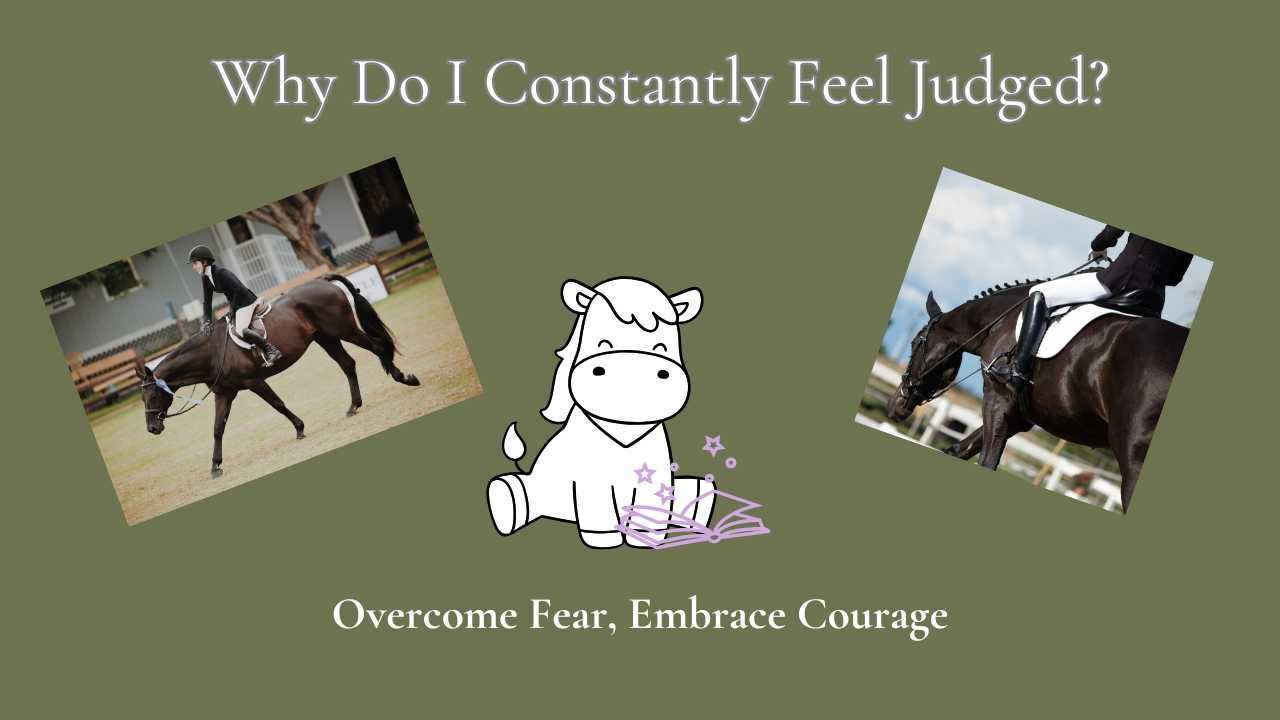
I remember taking my backyard hunter—the one my parents bought for me for a fraction of what most horses at the show cost—and competing against kids whose parents were paying 100 times more. In the hunter ring, that kind of thing matters. Sure, I could give my horse a great ride, but he didn’t have the natural form or movement that would win the class… or even place in most.
What’s really wild? We were paying money to be judged.
But that experience gave me something priceless: a foundation for not caring what others think. I learned to celebrate the rides that felt great, and to reflect and improve after the ones that didn’t. It taught me to accept being judged—and let it go.
Now, years later, I hear so many friends talk about how judgment—whether direct or indirect—gets under their skin. They stress about their hair, clothes, fitting in, or looking “just right.” That feeling of being judged eats at them.
But here’s the thing: it doesn’t have to be that way. Life isn’t about anyone else—it’s about you.
My Top 3 Tips to Stop Feeling Judged
1. Write down what makes you unique.
Take 30 minutes and list all the ways you’re different from everyone you know. No two people are the same. When you truly embrace what makes you unique, other people’s opinions start to matter a whole lot less.
Take 30 minutes and list all the ways you’re different from everyone you know. No two people are the same. When you truly embrace what makes you unique, other people’s opinions start to matter a whole lot less.
2. Use this mental trick from T. Harv Eker.
The next time you feel judged, try saying this silently to yourself (not out loud—it’s not about them):
"Good morning. I don’t give a BLEEP what you think!"
You can make “bleep” whatever you want. The key is this: feeling judged isn’t about them—it’s about how grounded you feel in being you, no matter what.
The next time you feel judged, try saying this silently to yourself (not out loud—it’s not about them):
"Good morning. I don’t give a BLEEP what you think!"
You can make “bleep” whatever you want. The key is this: feeling judged isn’t about them—it’s about how grounded you feel in being you, no matter what.
3. Find your flower and let it bloom.
Pick one thing that makes you different and celebrate it. I like to think of a garden—no two flowers are the same. Some are bright, some are wild, and some have a petal or two missing. But they all open to the sun. I love the image of a slightly flawed flower shining anyway, saying, “I may be imperfect, but here I am!”
For me, it’s laughing—a lot. Like, 400 times a day, even when it’s probably not appropriate. (Yes, even in church. 😅)
Pick one thing that makes you different and celebrate it. I like to think of a garden—no two flowers are the same. Some are bright, some are wild, and some have a petal or two missing. But they all open to the sun. I love the image of a slightly flawed flower shining anyway, saying, “I may be imperfect, but here I am!”
For me, it’s laughing—a lot. Like, 400 times a day, even when it’s probably not appropriate. (Yes, even in church. 😅)
Now it’s your turn.
What’s one thing that makes you unique—and how are you going to embrace it? I’d love to hear. Reply and let me know!
What’s one thing that makes you unique—and how are you going to embrace it? I’d love to hear. Reply and let me know!
